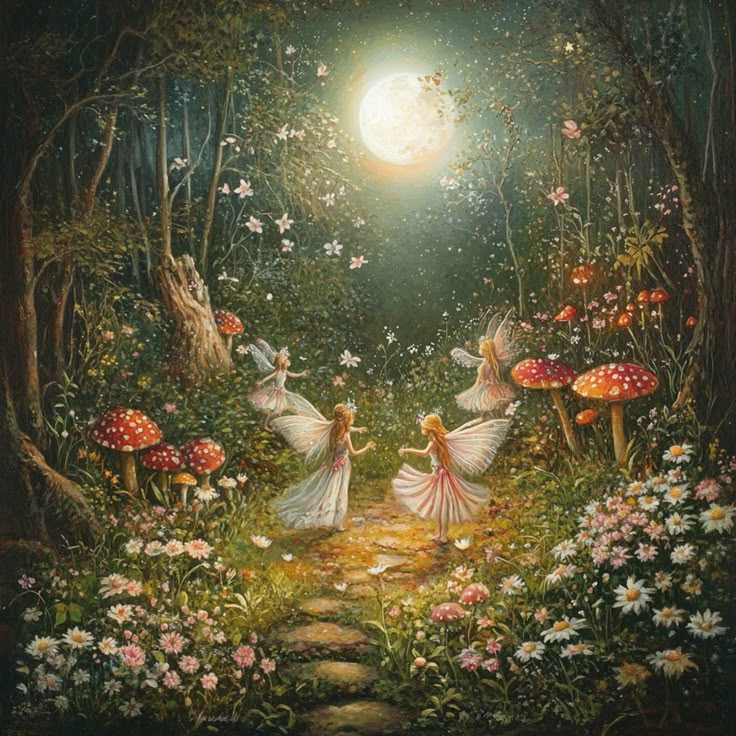

As already described, fairies have a deep connection to nature. There are many views on this relationship, for instance some people view them as a way of humanising the environment or as nature spirits (Conneeley, n.d.; Daimler, 2019). This positions them as guardians or personification of natural forces. For instance, in the movie Tinkerbell, each element and natural force, such as water or wind, is represented by a fairy folk. These fairies have magical abilities that fit their specific element, there are water fairies, tinker fairies or animal fairies. So is the case for Bayala. There we find sun elves and shadow elves as well as seasonal elves like ice elves or rainbow spring elves.
Eyela has bare feet, which shows freedom and a deep connection to nature. Being barefoot can produce many associations: the direct contact to earth, being grounded and independent (Nugent, 2021). The way we shape our feet can be a symbol for social oppression. Wearing high heels would reinforce the social stereotype and sexualisation of women, whereas it simultaneously can show something powerful about femininity (Nugent, 2021). Fairies seem to be the embodiment of femininity, according to Western feminine standards. They are mostly thin and beautiful with long hair, wearing jewellery and often wear dresses or skirts. Being barefoot seems to be a contrast to this, as bare feet get dirty very fast. But in the case of a fairy like Eyela, it shows that she loves being connected to nature, sensing the ground under her feet when strolling through the forest. Furthermore, fairies mostly fly to move around. So, they do not touch the earth very often. In Victorian depictions, fairies were portrayed barefoot to symbolise naturalness and wildness (Silver, 1999). It shows their innocence and purity and separates them from human culture. They are free from any social constraints, as they live in a different supernatural society as humans.